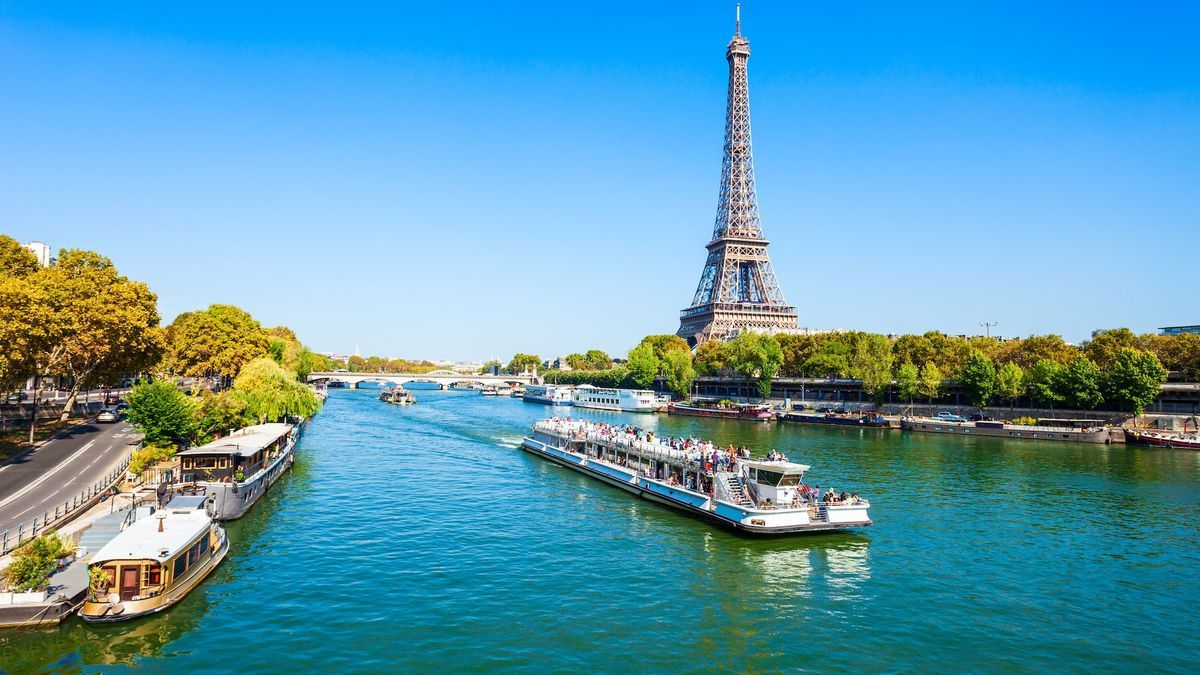
While the Seine has become an official venue for swimming events since August 16 (after several postponements related to water quality), the question can legitimately be asked: swimming in the Seine is risky for the healthy or not?
Since Wednesday August 16, the Seine has become, as announced months ago, the venue for official swimming events. An individual triathlon could take place. A relief for the City of Paris, which intends to see swimming events take place there during the 2024 Olympic Games.
The level of Escherichia coli bacteria determines the clearance
For the first time in several days, the CFU (colony forming unit) rate of bacteria Escherichia coli fell below 1000 CFU/100 ml. International regulations impose a rate of less than 1,000 CFU per 100 ml for competition clothing. “This is a satisfactory level of quality. This is the trend that we observed in June and July, with the exception of the episode at the beginning of August”. specifies Christophe Rosa, member of the general delegation to the Olympic Games of the city of Paris in the Parisian of the day.
It must be said that in early August, in Paris, the rainfall was four times higher than the national average. Rains that caused the sewers to overflow and brought the waste water back into the river.
Drowning and microbiological risks in the event of wild “bathing”
But the rains being frequent in the capital, can you really swim there? And what are the risks to your health? For Dr Gérald Kierzek, emergency physician and medical director of TipsForWomens, the risk is currently twofold.
“We talk about safety and microbiological risks.
- On the one hand, the Seine today brings to emergencies either people who have put themselves in danger, for reasons of currents, navigation, or because alcoholic, they have fallen into the river and risk drowning.
- On the other hand, there is a microbiological risk. The Seine does not currently meet bathing water standards.
In short, you risk a good poisoning! Among the most likely infections, gastroenteritis due to biological pollution of faecal origin or leptospirosis, a disease transmitted by rodents which can have very serious consequences. Finally, amoebas or the duck flea (or cercarial dermatitis) remain a hypothetical danger because the water would have to be at temperatures close to 25°C.
Finally, a little reminder: swimming is prohibited, you also risk a fine of 15 euros.
Bathing places planned for 2024
However, swimming in the Seine may no longer be a far-fetched or dangerous hypothesis. While swimming has been prohibited since 1923, it will once again be possible for the public to dive there after the Games, in 2024.
A bathing plan worth 1.4 billion euros currently aims to improve the quality of water in the Seine and the Marne, to strengthen biodiversity and to make bathing possible. This plan undertakes to eliminate 75% of the bacteriological pollution of the river by the end of the Games, by modernizing the treatment plants of the Syndicat Interdépartemental pour l’Assainissement de l’Agglomération Parisienne (SIAAP), by improving the installation wastewater collection networks on port quays, welcoming stationary boats and correcting bad connections. After the Games, identified bathing areas will open in the Seine and the Marne… when the pollution is not too high.
While waiting to be able to bathe in the Seine, the bain.sante.gouv site provides information on the bathing points closest to your home and the quality of the water.
